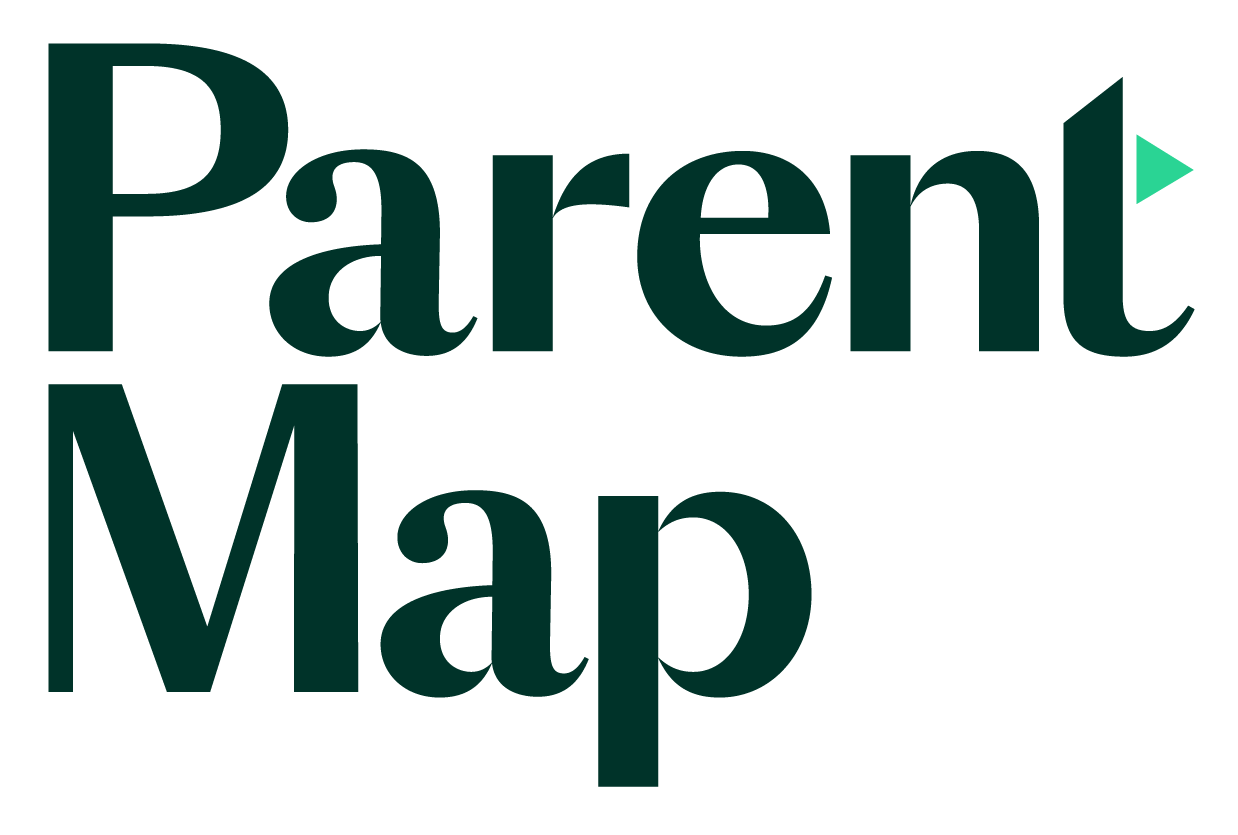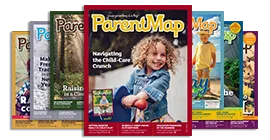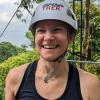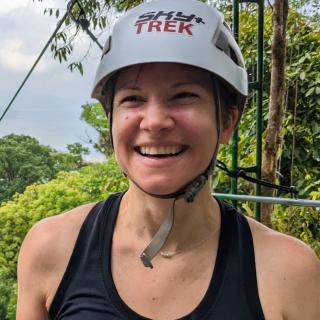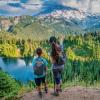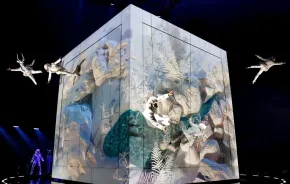
Photo:
Leighton Thomas
The National Park Service (NPS) is a true gem of our nation, preserving stunning landscapes and rich cultural heritage across the U.S. Each year, millions of visitors are welcomed to explore its treasures. There are currently more than 400 national park sites in the United States, 63 of which are specifically designated as national parks. We’re lucky to have three incredible ones right here in Washington state.
Whether you’re drawn to the rugged coastlines and lush rainforests of Olympic National Park, the dramatic glaciers and towering peaks of the North Cascades, or the majestic presence of Mount Rainier, there’s an adventure waiting for you and your family.
National Park Week celebrates all these parks from April 19 to 27. Make a plan to explore the wonders of these three family-friendly national parks (summer is the best time to visit!) or discover one of the other 14 public lands and historic sites scattered throughout our state. I’ve gathered all the details on how to make the most of a visit to six kid-friendly national park sites around Washington. You’ll find information on our three national parks, one historic park that features live reenactments and hands-on exhibits, and two sites you can visit without leaving the Greater Seattle area.

National parks and sites to visit with kids in Washington
Mount Rainier National Park
Families flock to Mount Rainier National Park each summer for fantastic hiking, wildflower-filled alpine meadows, old-growth forests, glaciers and waterfalls. It became the fifth national park in the U.S. in 1899 and is home to the tallest mountain (and active volcano!) in Washington state.
What to do: If you can plan your visit around wildflowers or the scenic fall colors, do. There are numerous kid-friendly hikes with options ranging from paved walkways and roadside waterfalls to multi-mile hikes with epic views. One favorite, a 2.5-mile out-and-back to Bench and Snow lakes, offers the added opportunity to take a dip in an alpine lake.
Where to stay: Within the park, stay at the National Park Inn and Paradise Inn or pitch your tent at Cougar Rock (reserve up to six months in advance) or White River (first come, first served). Ohanapecosh Campground will reopen for summer 2026. For a convenient place just outside the park, check out the cozy cabins at Mounthaven Resort.
Cost and access: In 2024, Mount Rainier required a timed reservation to enter the park between 7 a.m. and 3 p.m. at all entrances except the Carbon River entrance on the northwest side. No decision regarding the reservation system has been made for the 2025 season; check the Recreation.gov website ahead of your planned visit. Day passes cost $30 for a single vehicle or $55 for an annual pass.
Editor’s note: The Carbon River Fairfax Bridge is closed until further notice, meaning there is no public access to Mowich Lake or Carbon River.
Where to find the Junior Ranger program: Mount Rainier National Park — along with many other national park sites in the state — participates in the Junior Ranger program. This free, educational program will enhance any park visit for kids. Pick up your Junior Ranger badge at the Henry M. Jackson Memorial Visitor Center, Sunrise Visitor Center, Ohanapecosh Visitor Center or the Longmire Museum. For kids ages 12 and older, check out Mount Rainier’s Citizen Ranger program.
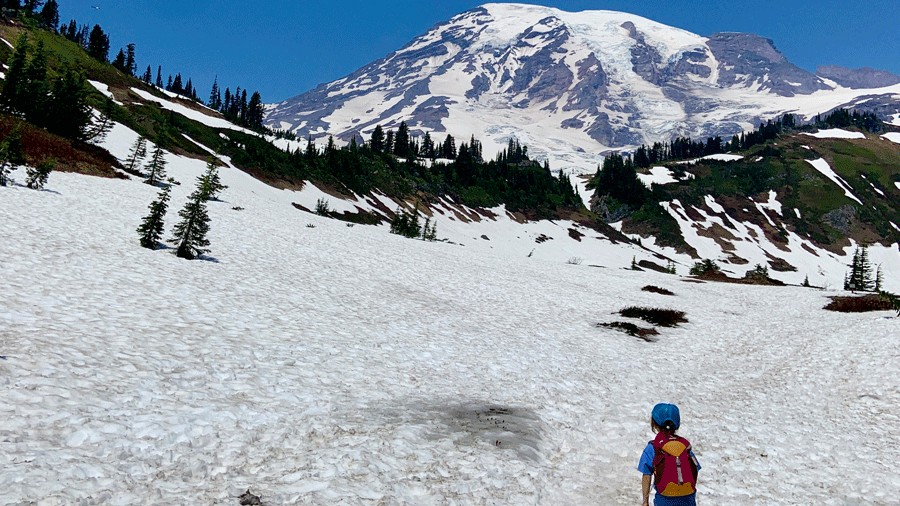
North Cascades National Park
North Cascades National Park is possibly one of the most beautiful national parks, yet surprisingly is one of the least visited in the U.S. With more than 300 glaciers, peaks that earn it the nickname American Alps, and wild rivers, this best-kept secret has much to offer families. The drive along Highway 20 — the single road running through the park — is worth the trip alone.
What to do: Enjoy the 2-mile, wheelchair-accessible hike to Rainy Lake or one of the many other day trails in the park. Go rafting on the Upper Skagit. Plan ahead and stay overnight with the North Cascades Environmental Learning Center to enjoy one of their family getaways. If you are visiting during larch season and willing to brave the crowds, the 4.4-mile out-and-back hike to Blue Lake can’t be missed.
Where to stay: Plan far enough ahead and you may get lucky and snag one of the 15 floating cabins via lottery at Ross Lake Resort. Otherwise, camping is your best option for overnights in the park and reservations can be booked online. Just outside the park on the east side, Winthrop is a lively town with several hotels and tasty food options. Marblemount to the west also has several choices for accommodations.
Cost and access: There is no fee to enter, yet be aware that Highway 20 closes in winter. The North Cascades Visitor Center will reopen in May 2025, with daily hours of 9 a.m.–5 p.m.
Where to find the Junior Ranger program: Download the book online or visit the visitor center in Newhalem. Don’t miss their interactive exhibit room!
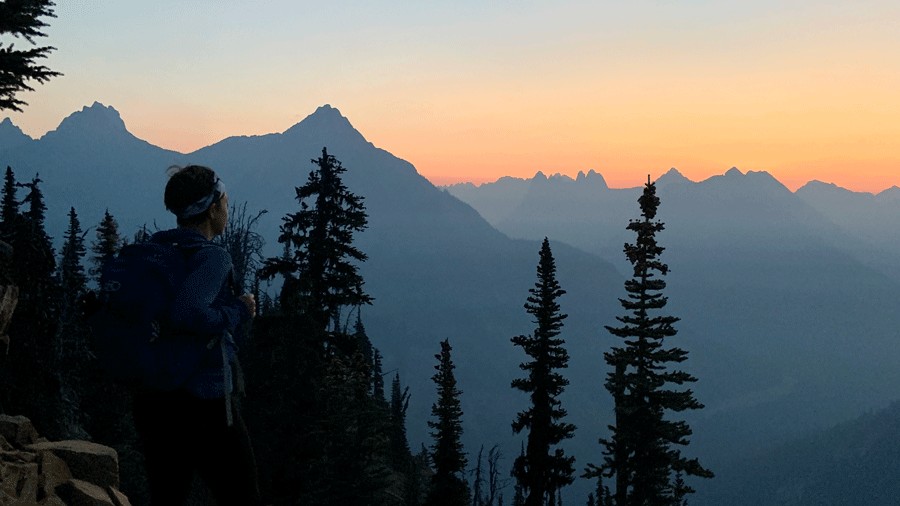
Olympic National Park
Olympic National Park is one of the most ecologically diverse national parks in the U.S. Within the park you’ll find the largest temperate rainforest in the lower 48 states, 73 miles of rugged coastlines with beaches named among the top 100 in the world, alpine peaks, wildflower meadows, and a unique subspecies of elk. Olympic National Park is also one of 25 UNESCO World Heritage Sites, selected in part for its exceptional natural beauty. It is a special place and great for families.
What to do: There is no shortage of activities for families to explore Olympic National Park. Take a beginner-friendly backpacking trip around the Ozette Loop to see Makah petroglyphs. Go tidepooling at Ruby Beach or Beach 4. Wander one of the kid-friendly hikes in the Hoh Rain Forest. In summer, hike at Hurricane Ridge for epic views. In winter, go tubing!
Where to stay: For a coast-based itinerary, consider staying at Kalaloch Lodge. Olympic National Park offers numerous campgrounds that can be reserved online. For a unique stay, plan ahead and book your campsite or reserve a room at Sol Duc Hot Springs Resort.
Cost and access: A standard day pass will cost $30 for one vehicle or $55 for an annual pass. Plan your route carefully, as there are no through-roads in the park. Highway 101 loops around the park with several entry points to park a car and enter on foot.
Where to find the Junior Ranger program: Pick up your booklet at any of the many visitor centers within the park.
Editor’s note: Hoh Rainforest is currently closed due to road closures. Repairs for Upper Hoh Road are needed before the rainforest area can reopen to the public. Check the NPS website for its current status.

Bainbridge Island Japanese American Exclusion Memorial
Just a short, beautiful ferry ride away from downtown Seattle on Bainbridge Island, the Japanese American Exclusion Memorial tells the story of the forced removal of Japanese Americans from their homes during World War II.
What to do: Listen to the guided audio tour on the NPS app as you explore the memorial. After, take a walk through Pritchard Park and enjoy a waterside picnic. Make it a full day by checking out one of the many family-friendly activities on Bainbridge Island.
Cost and access: No fee to enter. Open year-round during daylight hours.
Where to find the Junior Ranger program: Download the free booklet online or pick up a copy at the Kids Discovery Museum (KiDiMu) in downtown Bainbridge Island. You may be able to pick up the book on-site from the temporary ranger station, Friday–Sunday.
Klondike Gold Rush National Historic Park
Parks aren’t always green. Located in downtown Seattle in the historic Pioneer Square neighborhood, kids can earn their next Junior Ranger badge at the Klondike Gold Rush National Historic Park.
What to do: Explore two floors of interactive museum exhibits to learn about Seattle’s role in the gold rush of the late 1800s. Don’t miss the weighing station to find out your weight and worth in gold!
Cost and access: Free entry. Open Wednesday–Sunday, 10 a.m.–5 p.m.
Where to find the Junior Ranger program: Pick up your booklet on-site or print it from home.

Lewis and Clark National Historical Park
The Lewis and Clark National Historical Park stretches along the Pacific Coast and Columbia River with sites in both Washington and Oregon. The park commemorates the journey of the Corps of Discovery and its significance in the colonial exploration of the West and offers family activities that can be enjoyed year-round.
What to do: Visit the reconstructed Fort Clatsop and witness historical reenactments, learn about the Chinook villages at Middle Village Station Camp, and don’t miss the Lewis and Clark Interpretive Center within Cape Disappointment State Park.
Where to stay: Cape Disappointment is a perfect place to base your coastal exploration. Reserve a yurt or campsite to explore the park and miles of the Pacific Coast. There are several hotels to choose from in Ilwaco, Washington, as well.
Cost and access: A standard entrance pass is $10, or $35 for an annual pass. Open daily, year-round.
Where to find the Junior Ranger program: Junior Ranger materials are available at the Fort Clatsop Visitor Center, or you can email to request a digital copy.

What to know before you go
Whichever national park you decide to visit, make the most of your adventure with a bit of pre-planning.
1. Get your pass.
While most NPS sites are free to enter, some parks require a fee. An annual pass may be a good fit for your family, and there are a few options:
- Purchase an America the Beautiful pass. This pass is good for one vehicle or four per-person entries to any NPS site. NPS offers discounts to military, seniors and volunteers.
- If you have a fourth grader, take advantage of the Every Kid Outdoors program for a free year of access to any NPS site.
- Don’t want to buy a pass? Day passes are available at all paid sites, or you can plan to visit on an entrance fee-free day. This year’s dates include April 19, June 19, August 4, September 27 and November 11.
2. Know the entry requirements.
Each park has different requirements for entry or seasonal considerations. Use the NPS app or visit the National Park Service website for details unique to each site.
3. Have a safety plan.
Seasonal closures, weather events and wildlife can all pose risks. Check the weather and road conditions and ensure you have the right equipment for your planned activities. It’s also important to know what you should do when you encounter wildlife.
4. Build excitement.
A bit of planning goes a long way before embarking on any adventure with kids. Visit your local library, make a volcano, research facts about glaciers, or try one of these other ideas to build excitement and expand your knowledge about the parks before you go.
- Read books about Washington’s national parks, such as “Mount Rainier National Park Bear Family Adventures,” “Who Pooped in the Cascades?” or “The Campground Kids: Olympic Pursuit.”
- Color pages with Pacific Northwest flora and fauna, such as the wildflowers of Washington’s national parks from local mother and artist, Katelin Annes. You can find more of her work on Instagram.
- Watch a documentary together, such as episode 5 of “The National Parks: America’s Best Idea,” which features Mount Rainier and Olympic. Olympic National Park is the star of episode 4 of National Geographic’s “National Parks: USA” (streaming on Disney+) and PBS has feature episodes for Mount Rainier, North Cascades and Olympic national parks.
- Pick up a pocket guide for Washington wildlife or tide pools.
- Track your national park visits with a passport book, stickers or a scratch-off map.
5. Become a Junior Ranger.
NPS maintains this robust and free educational program geared toward helping young park-goers get the most out of their visit. Each park runs its own program, so visit their site before you go. Generally, booklets can be found at visitor centers and some may have them online to print in advance. Many kids love collecting the badges they earn.
6. Be a steward for the parks.
Protecting our national parks is as critical now as it has ever been, and everyone can help. Refresh yourself on the Leave No Trace principles and always leave the park better than you found it. Thank the park staff for their dedication to keeping parks open and accessible. Call, email or write your representatives to express gratitude for these national treasures and the need for long-term protections. Donate to the National Park Foundation.
No matter where you plan to head this year, Washington’s national parks have something to make the trip memorable for your whole family.
More outdoor adventures for Seattle-area families: |
